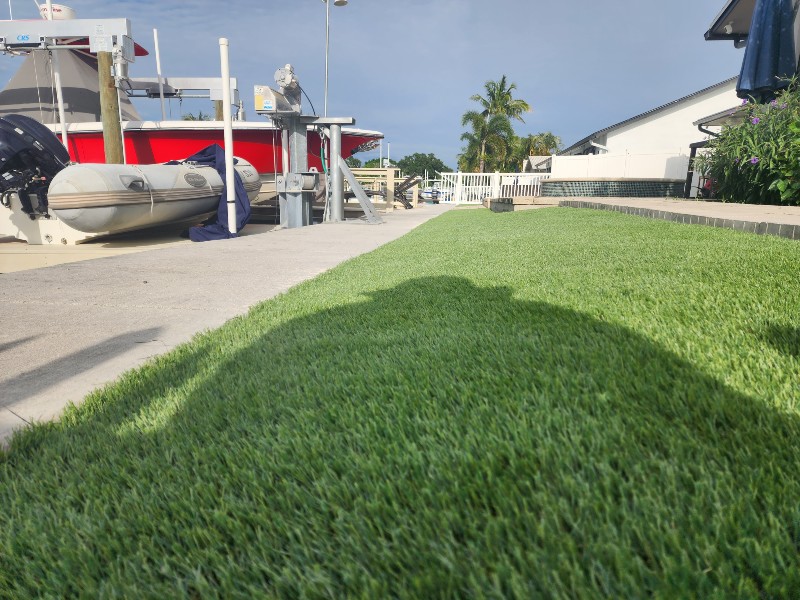Synthetic turf, often hailed for its low maintenance and lush appearance, has sparked debates regarding its environmental impact. As homeowners and businesses seek sustainable landscaping solutions, it’s crucial to evaluate the eco-friendliness of synthetic turf. Let’s delve into the facts to determine whether synthetic turf can be considered environmentally friendly.
Understanding Synthetic Turf:
Synthetic turf, also known as artificial grass or fake grass, is composed of synthetic fibers made from materials such as polyethylene, polypropylene, or nylon. These materials are designed to mimic the look and feel of natural grass while offering durability and resistance to wear and tear.
The Environmental Perspective:
While synthetic turf offers several benefits, such as water conservation and reduced maintenance, its environmental impact must be carefully examined.
1. Water Conservation:
One of the primary environmental benefits of artificial grass is its ability to conserve water. Unlike natural grass lawns, which require regular watering to stay green and healthy, synthetic turf eliminates the need for irrigation, thus reducing water consumption and promoting water conservation, especially in regions facing drought conditions.
2. Chemical Usage:
Synthetic turf does not require the use of chemical pesticides, fertilizers, or herbicides to maintain its appearance. This eliminates the environmental pollution and health risks associated with the use of these chemicals, promoting a safer and more sustainable outdoor environment.
3. Reduced Carbon Footprint:
Synthetic turf requires minimal maintenance compared to natural grass, reducing the use of lawn care equipment such as lawn mowers, trimmers, and leaf blowers. This results in lower carbon emissions and energy consumption, contributing to a smaller carbon footprint and mitigating air pollution.
4. End-of-Life Considerations:
However, it’s essential to consider the end-of-life implications of synthetic turf. While synthetic turf can last for many years with proper maintenance, it eventually reaches the end of its lifespan and requires disposal. Synthetic turf is not biodegradable and can contribute to landfill waste if not properly recycled or disposed of.
Conclusion:
In conclusion, the environmental friendliness of synthetic turf depends on various factors, including its water-saving properties, reduction in chemical usage, and lower carbon footprint compared to natural grass. While synthetic turf offers significant benefits in terms of water conservation and reduced maintenance, its end-of-life considerations raise concerns about its long-term environmental impact. To maximize the environmental benefits of synthetic turf, it’s essential to invest in high-quality products, properly maintain them, and explore recycling options for end-of-life disposal. By weighing the pros and cons and making informed choices, homeowners and businesses can embrace synthetic turf as a sustainable landscaping solution that balances environmental considerations with practicality and aesthetics.

TK Turf
601 N Ashley Dr Suite #1100, Tampa, FL. 33602
(813) 534-4220
https://turfgrasstampabay.com/

Recent Comments